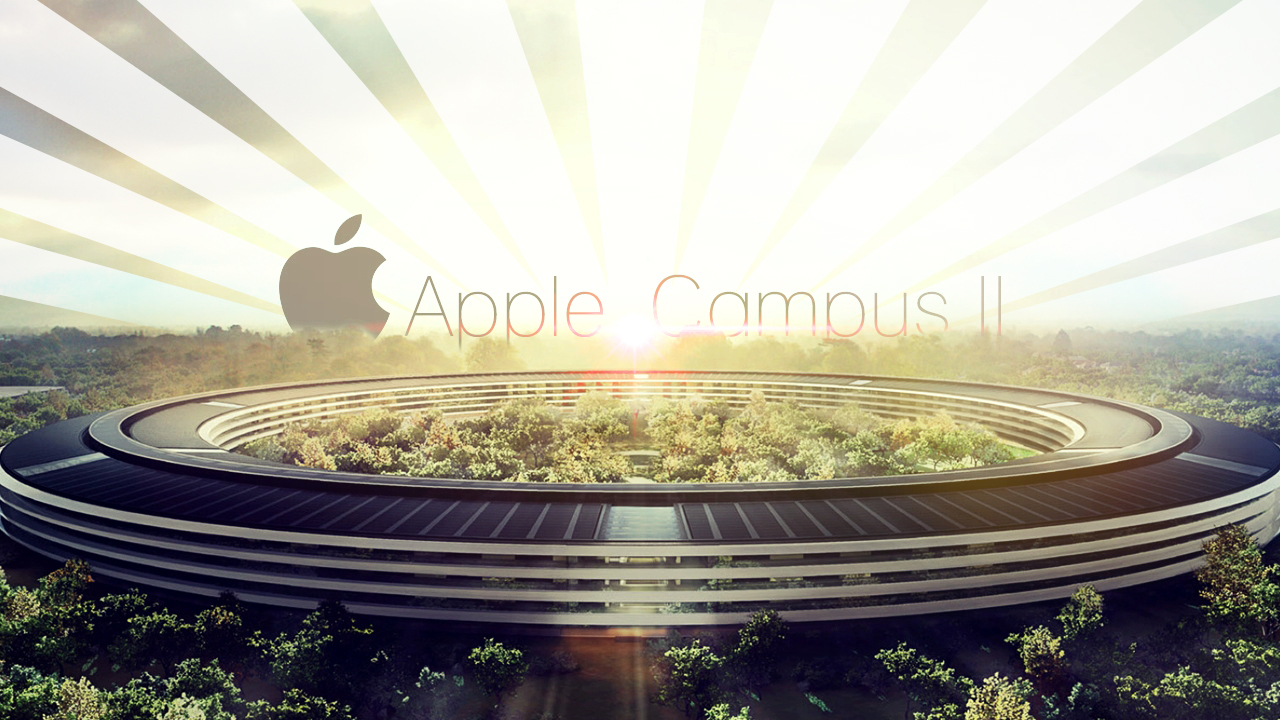100 MW Ghana Solar Farm Gets Funding
Home Energy Africa, which specializes in the development and sales of renewable energy products for businesses, governments, and residential homes in Africa, has obtained a $705,000 grant from the US Trade and Development Agency (USTDA) for the development of a solar PV power generation project in Ghana.
Projected to begin construction in 2017, ESI Africa reports that this solar project will generate 100 MW of power, providing electricity to approximately 80,000 average homes in the country.
The agreement between the two countries was signed by Robert P. Jackson, the US Ambassador to Ghana, and Charles Sena Kwadzo Ayenu, CEO of Home Energy Africa.
“Lack of power is a challenge we see across sub-Saharan Africa. Two out of three people in this region lack access to electricity. That hinders business, and it hinders prosperity. We’ve made increasing access to power one of the top priorities for our bilateral relationship. Today’s grant is just one more way we’re bringing together government and the private sector to make Ghana’s future brighter,” said Jackson.
Boosting the Supply of Electricity
“One of Ghana’s paramount constraints to sustainable economic growth is the country’s inadequate electric power supply. This grant will support us in bringing our solar power PV project to financial close in order to fill the gap in power supply, meet Ghana’s goals for clean and sustainable energy, help create over 200 jobs to local communities and provide electricity to at least 80,000 average homes in Ghana,” said Mr. Ayenu.
Ayenu stated Ghana presently has 2,450 MW of installed capacity, adding: “The government of Ghana aspires to double that capacity to 5,000 MW this year, including 10% from renewable sources.”
The USTDA grant targets providing technical assistance to Home Energy Africa by using GreenMax Capital Advisors, an American firm, in finalizing the legal and financial details necessary to implement the project. Project assistance includes preparation for power purchase agreement negotiations with the Electricity Company of Ghana, services contracts, and financial arrangements.
Ayenu said the signing of the grant was the last barrier that the company has had to cross for work to begin on the project. He added that the firm has also acquired a 30% equity funding agreement for the $150 million project.
Originally published on Planetsave.



